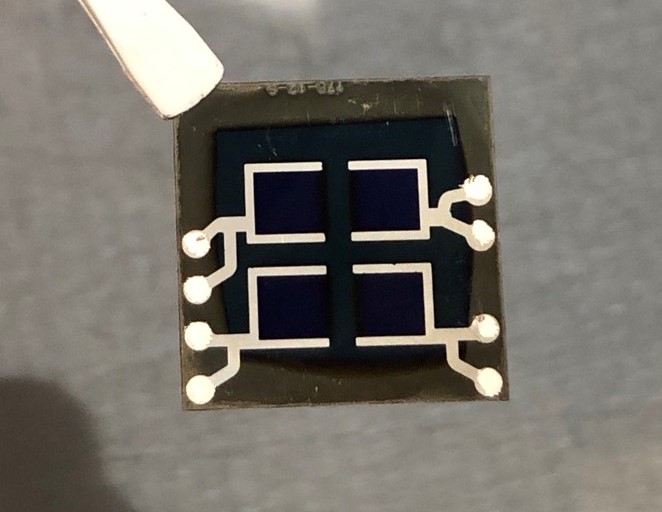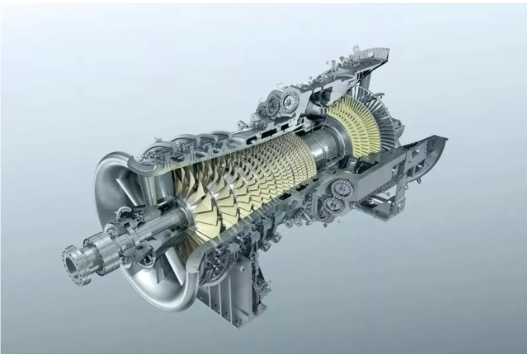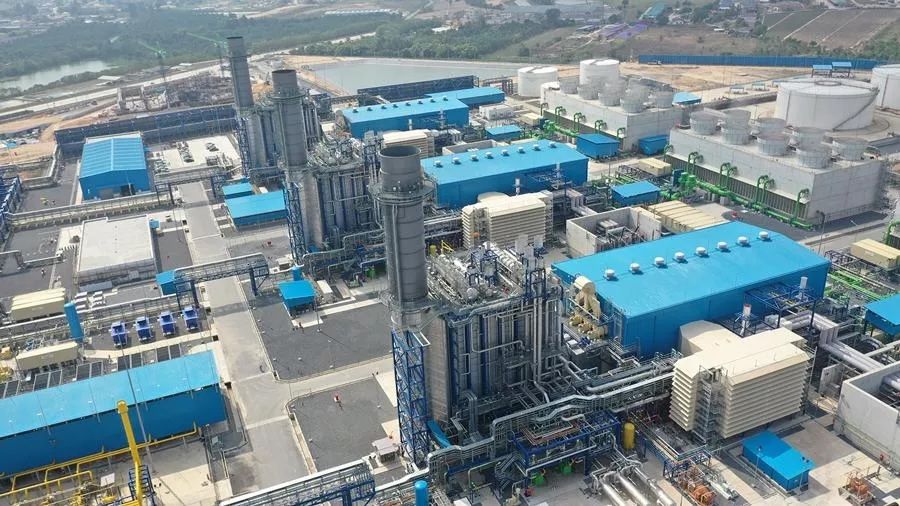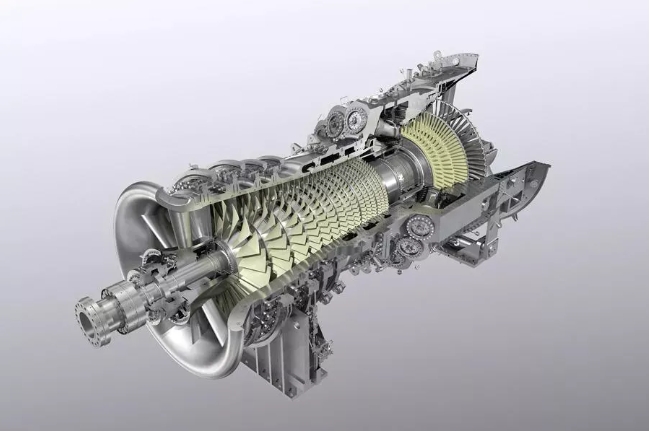
Researchers from the Fraunhofer Institute for Solar Energy Systems (Fraunhofer ISE) and the Fraunhofer Center for Silicon-Photovoltaics (CSP) have fabricated a two-terminal perovskite silicon tandem solar cell based on an electro-optically optimized transparent conductive oxide layer that serves as the front contact.
“The layer consists of an indium tin oxide (ITO) stack,” the research's corresponding author, Özde Kabakli, told pv magazine. “It is a thin highly doped ITO interlayer between tin SnOx buffer layer and moderately doped ITO. With the ITO stack, both high transparency and conductivity can be achieved. The optical adjustments mainly increase the short circuit current density and the efficiency of the tandems.”
The academics improved the quality of the ITO film by fine-tuning the oxygen flow rate during the sputtering process, which was carried out with a power density of 0.4 W/cm2, a chamber temperature of 50 C, and Argon as the sputter gas. The oxygen deficit of the layer was combined with moderate doping.
They built the tandem cell with an ITO substrate, the SnOx buffer layer, a buckminsterfullerene (C60) electron transport layer, a perovskite layer, an interfacial layer made of the PFN polymer, a hole transport layer (HTL) made of poly-triarylamine (PTAA), the ITO stack, a p-type silicon layer, another ITO layer, and a silver (Ag) metal contact.
“The silicon bottom solar cell has planar front and random pyramid texturing at the rear side,” they explained. “The ITO layer is changed between two groups while keeping the rest of the stack the same.”
Tested under standard illumination conditions, the solar cell achieved a power conversion efficiency of 25.6% and a fill factor of up to 76%. “The improvement in electro-optical properties of the optimized ITO layers result in a good combination of moderate sheet resistance and low absorptance,” the German team emphasized.
The cell technology was introduced in the paper “Minimizing electro-optical losses of ITO layers for monolithic perovskite silicon tandem solar cells,” published in Solar Energy Materials and Solar Cells. Looking forward, the scientists said they want to apply the proposed multi-stack approach to fully textured perovskite silicon tandem devices.




